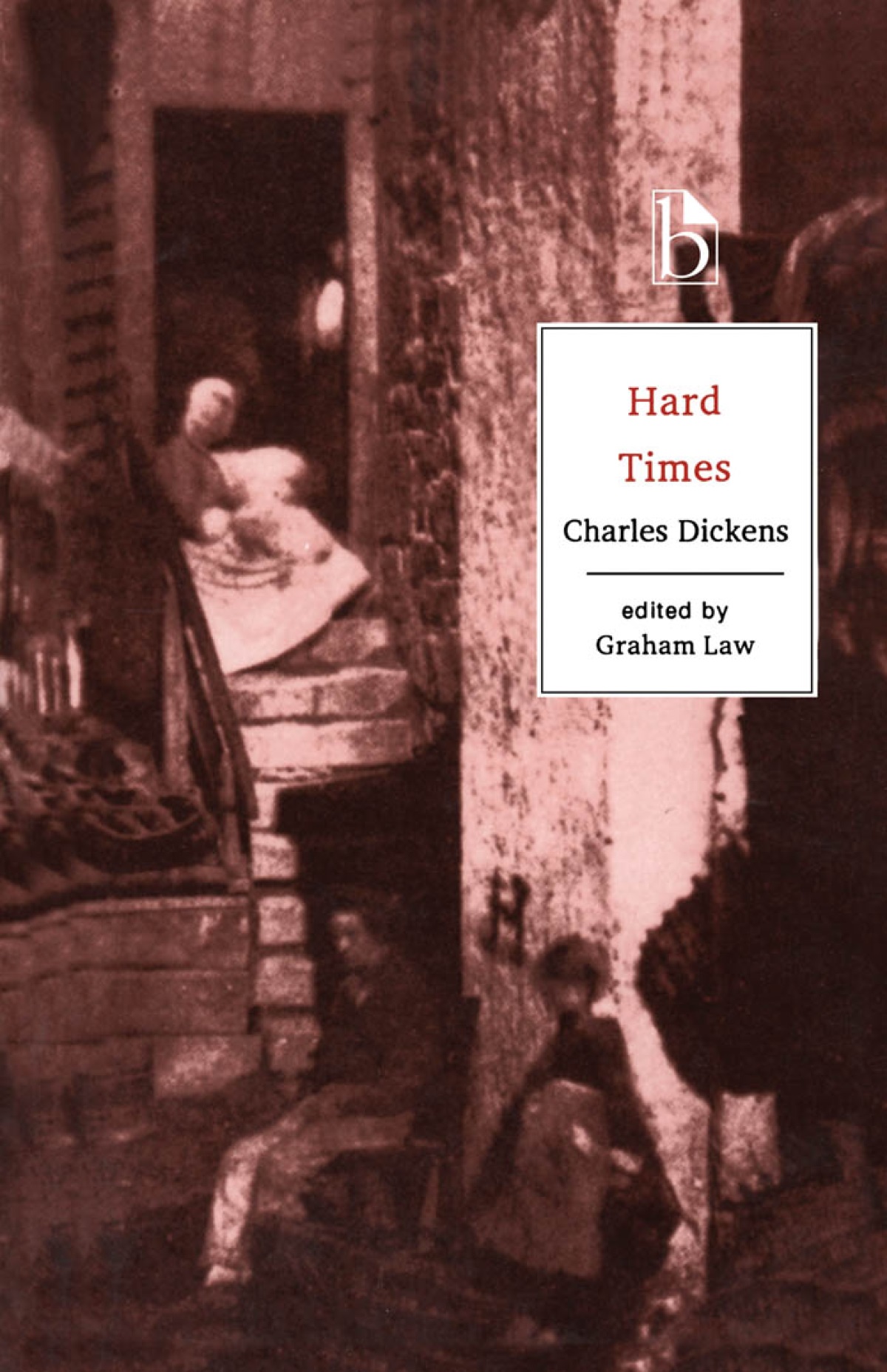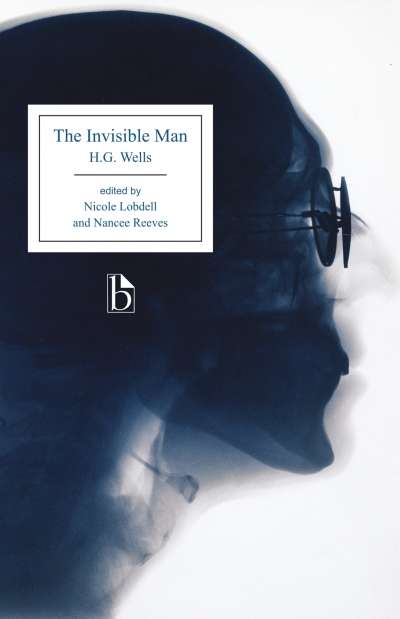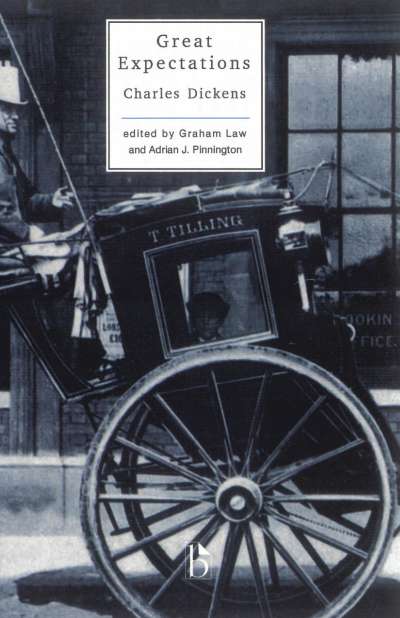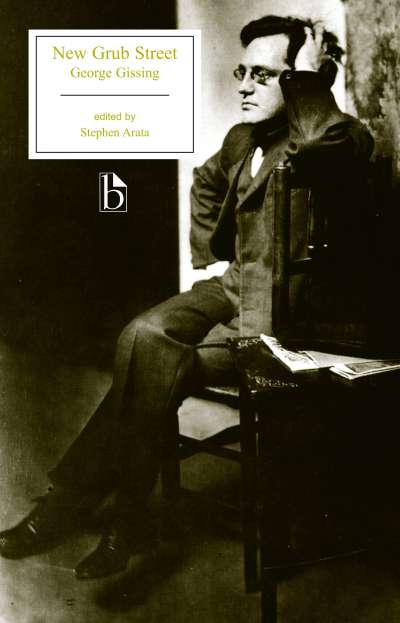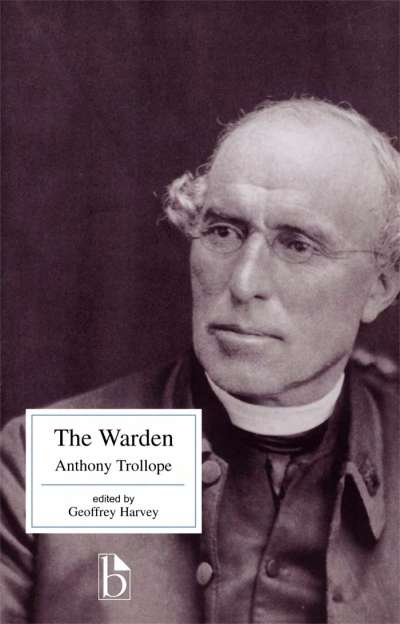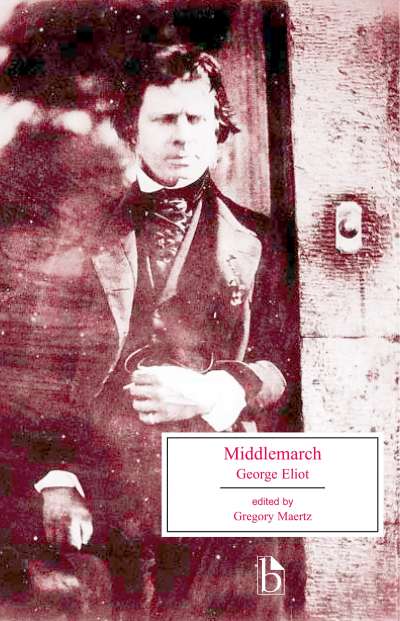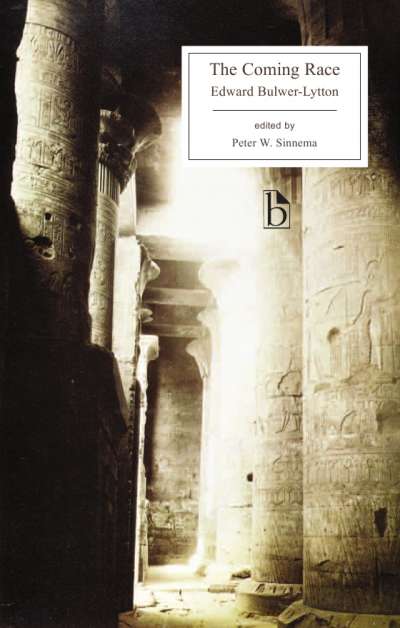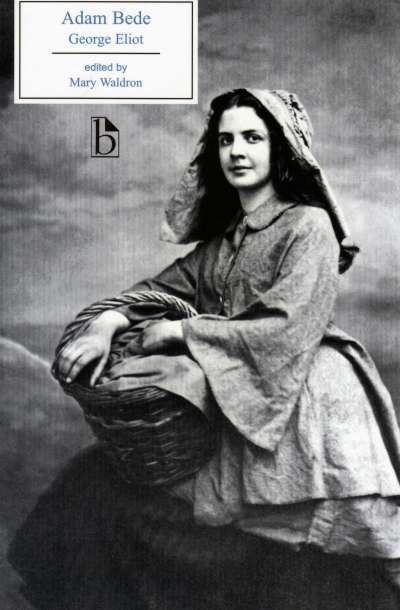
Despite the title, Dickens’s portrayal of early industrial society here is less relentlessly grim than that in novels by contemporaries such as Elizabeth Gaskell or Charles Kingsley.
Hard Times weaves the tale of Thomas Gradgrind, a hard-headed politician who raises his children Louisa and Tom without love, of Sissy the circus girl with love to spare who is deserted and adopted into their family, and of the honest mill worker Stephen Blackpool and the bombastic mill owner Josiah Bounderby. The key contrasts created are finally less those between wealth and poverty, or capitalists and workers, than those between the head and the heart, between “Fact”—the cold, rationalistic approach to life that Dickens associates with utilitarianism—and “Fancy”—a warmth of the imagination and of the feelings, which values individuals above ideas.
Concentrated and compressed in its narrative form, Hard Times is at once a fable, a novel of ideas, and a social novel that seeks to engage directly and analytically with political issues. The central conflicts raised in the text, between government’s duty not to intervene to guarantee the liberty of the subject, and between quantitative and qualitative assessments of progress, remain unresolved today in the late or post industrial stages of liberal democracies.
Comments
“Graham Law’s edition of Hard Times is the most useful edition for teaching Dickens that I have seen. Its text is authoritative, and the range of contextual documents included gives readers an opportunity to situate the work in the discussions of industrialization and labor as they took place in nineteenth-century England.” — Barry V. Qualls, Rutgers University
“This beautifully produced edition combines a freshly written, informative introduction with helpful and well-judged notes. Particularly welcome is the wealth of documentary material and examples carefully chosen from other contemporary fiction, enabling readers to place Hard Times within its full Victorian context. This is an excellent edition—clear, authoritative and stimulating.” — Kate Flint, University of Oxford
Introduction
Acknowledgements
A Note on the Text
Select Bibliography
Charles Dickens: A Brief Chronology
HARD TIMES: FOR THESE TIMES
Appendices: Contemporary Documents
Appendix A: The Composition of the Novel
- Household Words Partners’ Agreement
- Announcements in Household Words
- Dickens’s Working Memoranda
- Mentions in Dickens’s Letters
Appendix B: Contemporary Reviews of the Novel
- Athanaeum (12 August 1854)
- Examiner (9 September 1854)
- Gentleman’s Magazine (September 1854)
- British Quarterly Review (October 1854)
- Rambler (October 1854)
- South London Athanaeum and Institution Magazine (October 1854)
- Westminster Review (October 1854)
- Blackwood’s Edinburgh Magazine (April 1855)
Appendix C: On Industrialization: Commentary
- Thomas Carlyle
- “Signs of the Times,” Edinburgh Review (June 1829)
- Chartism (1839)
- Past and Present (1843)
- Andrew Ure, The Philosophy of Manufactures (1836)
-
P. Gaskell, Artisans and Machinery (1836)
-
J.S. Mill
- “Bentham,” London and Westminster Review (August 1838)
- Principles of Political Economy(1848)
- Arthur Helps, The Claims of Labour (1844)
- Friedrich Engels, The Condition of the Working Class in England in 1844 (1845)
- Charles Dickens, “On Strike,” Household Words (11 February 1854)
- Henry Morley, “Ground in the Mill,” Household Words (22 April 1854)
- Harriet Martineau, The Factory Controversy: A Warning Against Meddling Legislation (1855)
- W.B. Hodgson, “On the Importance of the Study of Economic Science as a Branch of Education for all Classes,” Lectures in Education Delivered at the Royal Institution of Great Britain (1855)
- John Ruskin, “Unto This Last,” Cornhill Magazine (August 1860)
Appendix D: On Industrialization: Fiction
- Harriet Martineau, A Manchester Strike (Illustrations of Political Economy No. 7) (1832)
- Frances Trollope, Life and Adventures of Michael Armstrong (1840)
- “Charlotte Elizabeth,” Helen Fleetwood (1841)
- Elizabeth Stone, William Langshawe, the Cotton Lord (1842)
- Benjamin Disraeli
- Coningsby (1844) (i)
- Coningsby (1844) (ii)
- Sybil (1845)
- Elizabeth Gaskell
- Mary Barton (1848) (i)
- Mary Barton (1848) (ii)
- North and South (1855)
- Charlotte Bronte, Shirley (1849)
- Charles Kingsley
- Yeast (1850)
- Alton Locke (1850)
- Fanny Mayne, Jane Rutherford, or The Miners’ Strike (1854)
Explanatory Notes
Graham Law, a Professor of English at Waseda University, Japan, is the author of a variety of books and articles on nineteenth-century and modern fiction; he has also edited two other Broadview Literary Texts series editions: Great Expectations (with Adrian Pinnington) and The Evil Genius.


